Considerations
Essential Steps Before Installation
Empowering Your Energy Future: Panel Space, Rebate Eligibility, and Networking Options Unveiled

Assessment

Hire an Electrician or use our service

Check Your Eligibility

Network VS Non Network
Prototyping
Revolutionizing Charging Infrastructure: Networked charging stations seamlessly link to a vast network, forming a powerful ecosystem of connected chargers. This connectivity empowers these stations with remote access to cutting-edge online management tools, accessible via a user-friendly online portal. In contrast, non-networked charging stations operate as independent, self-contained units, providing charging solutions in isolation.
The Art of Acquisition
Affordability vs. Connectivity: Non-networked stations often boast a lower upfront cost, devoid of integrated technology for network access. Nevertheless, the installation process for both non-networked and networked EV chargers remains consistent, with wiring requirements tailored to each specific site.
Mastering the Art of Management
WiFi and Cellular Enabled

Enjoy full control with WiFi connectivity, available for both Networked and Non-Networked charging units. Seamlessly integrate your charging into your digital life with a dedicated smartphone app. WiFi-enabled charging stations empower you to set schedules, monitor charge progress, and even use voice commands via Amazon Alexa or Google Home. The future of charging is here, and it’s connected.

Cellular (4G/LTE) Connectivity For uninterrupted connectivity, choose cellular (4G/LTE) connectivity, an option available in many Networked charging units. It offers the same features as WiFi but isn’t dependent on your home network’s strength. Ideal for remote locations or businesses without internet access, cellular-enabled charging units ensure you stay connected and in control, wherever you are.

There are three
levels of EV charging
Level 1/2/3 Charger

Level 1 is essentially a common 120-volt household outlet, and the electric vehicle will charge relatively slowly. The higher the level of charging, the faster the charging process, as more power is delivered to the vehicle. The car always determines how much power it accepts, so there’s no need to worry about plugging into a charging station that can deliver more power than your EV can handle.

Level 2 charging is the most commonly used level for daily EV charging. Level 2 charging equipment can be installed at home, at the workplace, as well as in public locations like shopping centers, parking lots, hotels, gas stations, rental units, restaurants, golf courses, and other destinations. Level 2 charging can replenish between 12 and 80 miles of range per hour, depending on the power output of the Level 2 charger, and the vehicle’s maximum charge rate.


